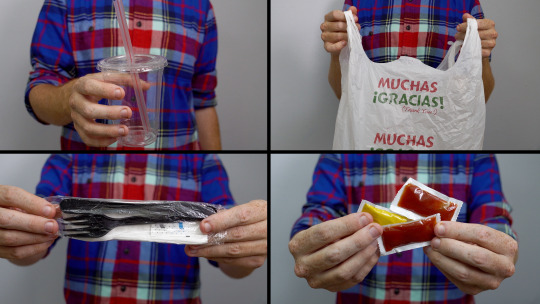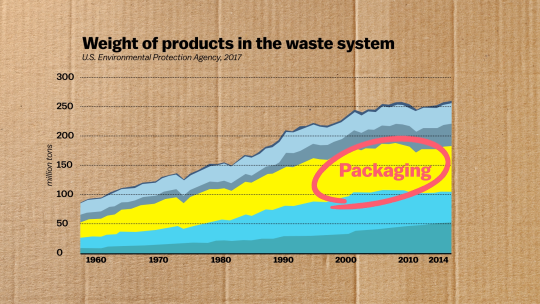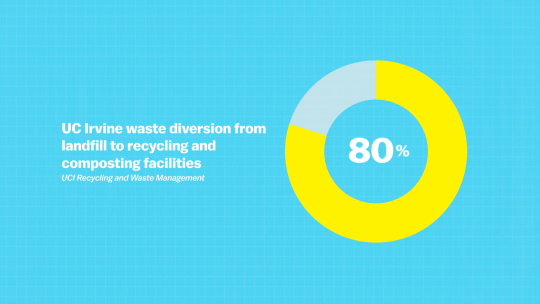#takeout food
Takeout creates a lot of trash. It doesn’t have to.
Even if you are one of the virtuous few who try to make a home-cooked meal every night, some nights cry out for takeout or delivery. Someone else taking care of dinner for you after a long day — it can be just what the doctor ordered.
And it’s popular: Food delivery is a $43 billion business in the US today. In many cases, not only are these services delivering food, they’re delivering lots of extra stuff: bags, boxes, wrapping, napkins, utensils, packs of condiments, colorful branded bits and bobs.

These little containers and wrappers may not seem like a big deal, but in the U.S., packaging makes up the largest category of municipal waste.

On top of that, single-use items like disposable plates and utensils, junk mail, and paper towels make up another 10% of our discards.
It piles up in our landfills, while manufacturing, shipping, and disposing of all of this stuff — often used for mere seconds — creates big greenhouse gas emissions.
“We really do need to prioritize reduce and reuse over recycling,” said Anne Krieghoff, solid waste and recycling program coordinator at the University of California Irvine. “Recycling is great to deal with a product once it’s already in your hand. But waste minimization is more important.”

Under Krieghoff’s watch, UC Irvine has reduced waste to the point that it now diverts 80 percent of its garbage from landfills. The goal: zero waste. UC Irvine isn’t alone: cities, counties, and large companies across the country are shooting for zero waste.
Watch the video above featuring to learn more about some simple ways that we can drop our single-use habits.
